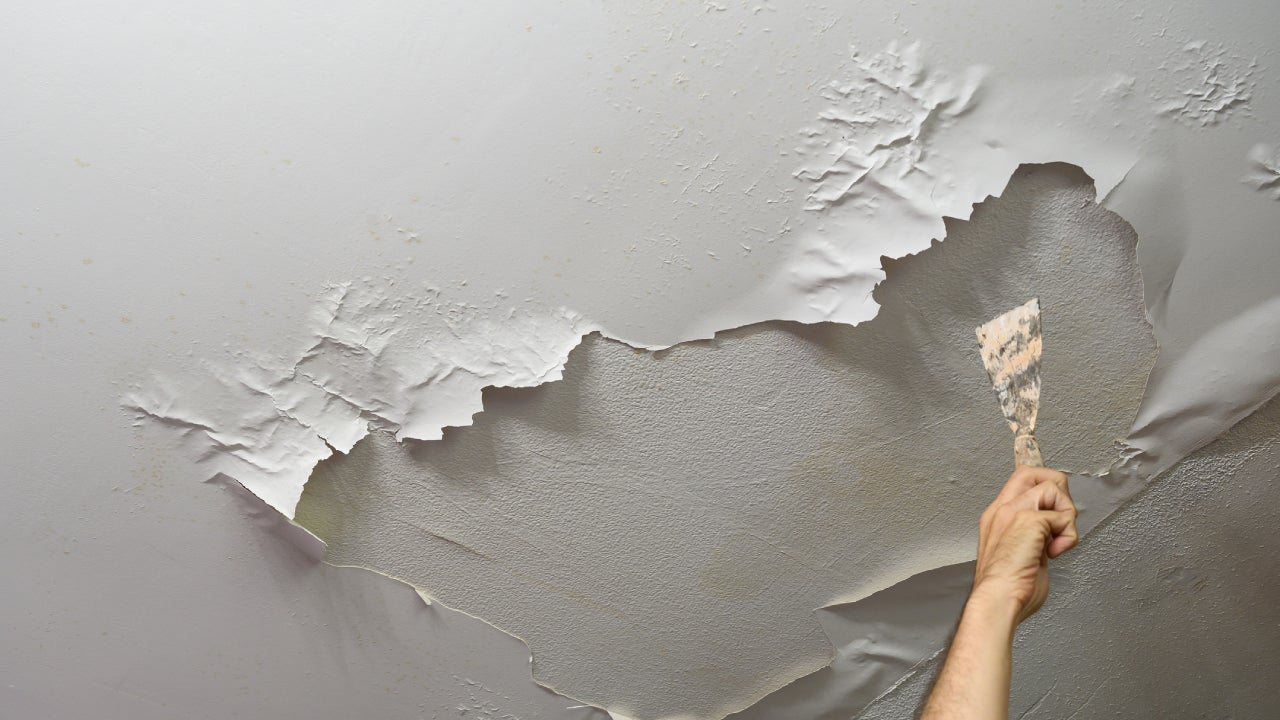Do's & Don'ts of Water Damage.
Do's & Don'ts of Water Damage.
Blog Article
We've stumbled upon this article about Preventing Fires and Water Damage In Your Home down the page on the internet and accepted it made good sense to discuss it with you here.

Though water gives life, water intrusion on components where it's not intended to be can cause damage. If the water soaks right into your structure, it can peel off away surface areas and erode the structure. Mold and mildew as well as mold likewise thrive in a wet atmosphere, which can be hazardous for your wellness. Houses with water damage scent stuffy as well as old.
Water can come from many resources such as tropical cyclones, floods, burst pipelines, leaks, as well as sewer problems. In case you experience water damages, it would be excellent to understand some safety and security precautions. Below are a few standards on how to deal with water damages.
Do Prioritize Residence Insurance Coverage Coverage
Water damage from flooding dues to heavy winds is seasonal. You can also experience an unexpected flooding when a faulty pipe unexpectedly bursts into your house. It would certainly be best to have home insurance coverage that covers both disasters such as all-natural calamities, and emergencies like busted plumbing.
Do Not Forget to Turn Off Utilities
This reduces off power to your entire home, avoiding electrical shocks when water comes in as it is a conductor. Do not forget to turn off the primary water line valve.
Do Keep Proactive as well as Heed Weather Alerts
Storm floods can be really unpredictable. If there is a history of flooding in your area, remain aggressive and also ready. Listen to emptying cautions if you live near a creek, lake, or river . Secure belongings from the first stage and cellar, then put them on the greatest possible level. Doing so lowers potential building damages.
Do Not Disregard the Roof
You can avoid rainfall damage if there are no openings and leakages in your roof. This will prevent water from moving down your walls as well as saturating your ceiling.
Do Focus On Tiny Leaks
A ruptured pipeline does not occur overnight. You may discover bubbling paint, peeling wallpaper, water touches, water discolorations, or trickling audios behind the wall surfaces. Have your plumbing fixed prior to it results in large damage.
Don't Panic in Case of a Burst Pipe
Maintaining your clearheadedness is essential in a time of situation. Because it will certainly stifle you from acting quickly, stressing will only compound the trouble. Timing is key when it comes to water damages. The longer you wait, the even more damage you can expect. Therefore, if a pipeline bursts in your home, quickly turned off your major water shutoff to remove the resource. Then unplug all electrical outlets in the area or turn off the circuit breaker for that part of your house. Ultimately, call a trusted water damage reconstruction professional for support.
Water gives life, water breach on parts where it's not meant to be can result in damage. Houses with water damages smell stuffy and old.
Water damages from flood charges to heavy winds is seasonal. You may see bubbling paint, peeling off wallpaper, water touches, water spots, or leaking sounds behind the wall surfaces. When it comes to water damage, timing is key.
Some Do's & Don't When Dealing with a Water Damage
DO:
Make sure the water source has been eliminated. Contact a plumber if needed. Turn off circuit breakers supplying electricity to wet areas and unplug any electronics that are on wet carpet or surfaces Remove small furniture items Remove as much excess water as possible by mopping or blotting; Use WHITE towels to blot wet carpeting Wipe water from wooden furniture after removing anything on it Remove and prop up wet upholstery cushions for even drying (check for any bleeding) Pin up curtains or furniture skirts if needed Place aluminum foil, saucers or wood blocks between furniture legs and wet carpet Turn on air conditioning for maximum drying in winter and open windows in the summer Open any drawers and cabinets affected for complete drying but do not force them open Remove any valuable art objects or paintings to a safe, dry place Open any suitcases or luggage that may have been affected to dry, preferably in sunlight Hang any fur or leather goods to dry at room temperature Punch small holes in sagging ceilings to relieve trapped water (don't forget to place pans beneath!); however, if the ceiling is sagging extremely low, stay out of the room and we'll take care of it DO NOT:
Leave wet fabrics in place; dry them as soon as possible Leave books, magazines or any other colored items on wet carpets or floor Use your household vacuum to remove water Use TV's or other electronics/appliances while standing on wet carpets or floors; especially not on wet concrete floors Turn on ceiling fixtures if the ceiling is wet Turn your heat up, unless instructed otherwise

I discovered that blog entry about Simple Solutions To Preventing Fire And Water Damage To Your Home when doing a search on the web. Sharing is good. You never know, you may be doing someone a favor. Thanks a lot for your time. Come back soon.
Report this page